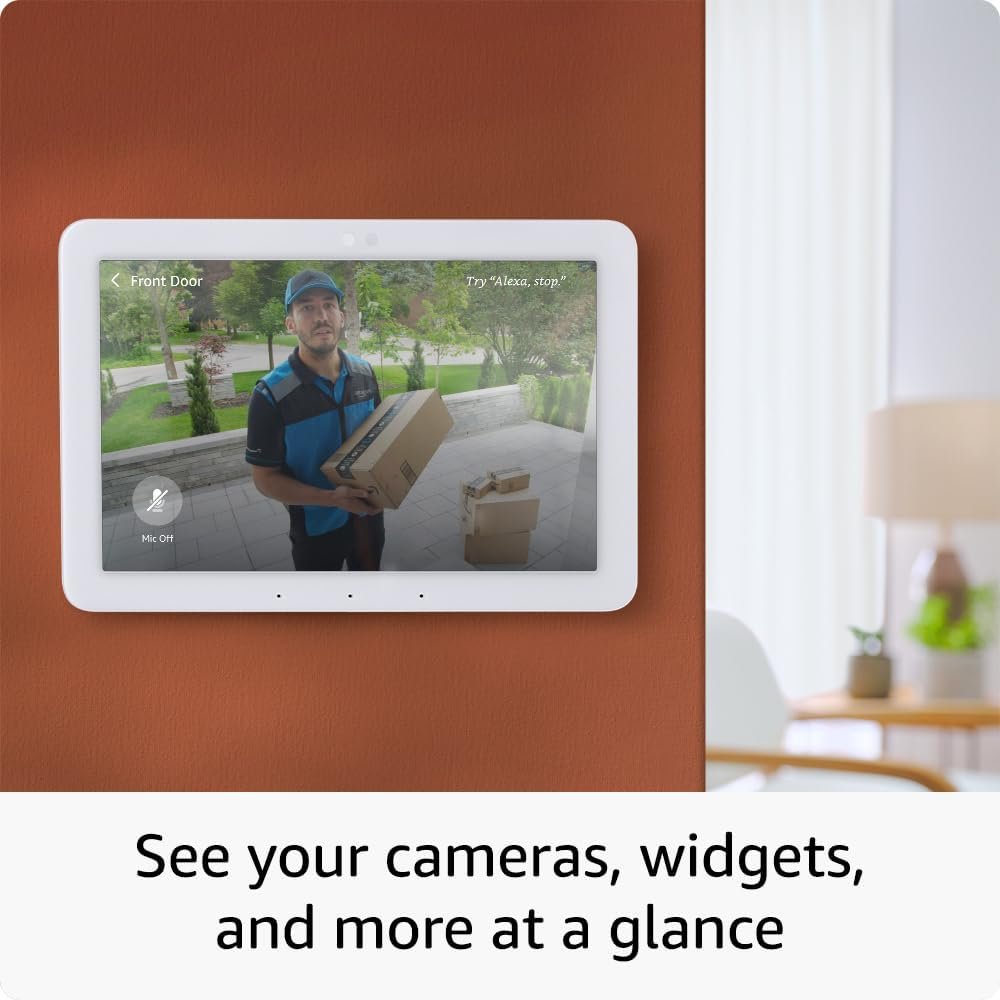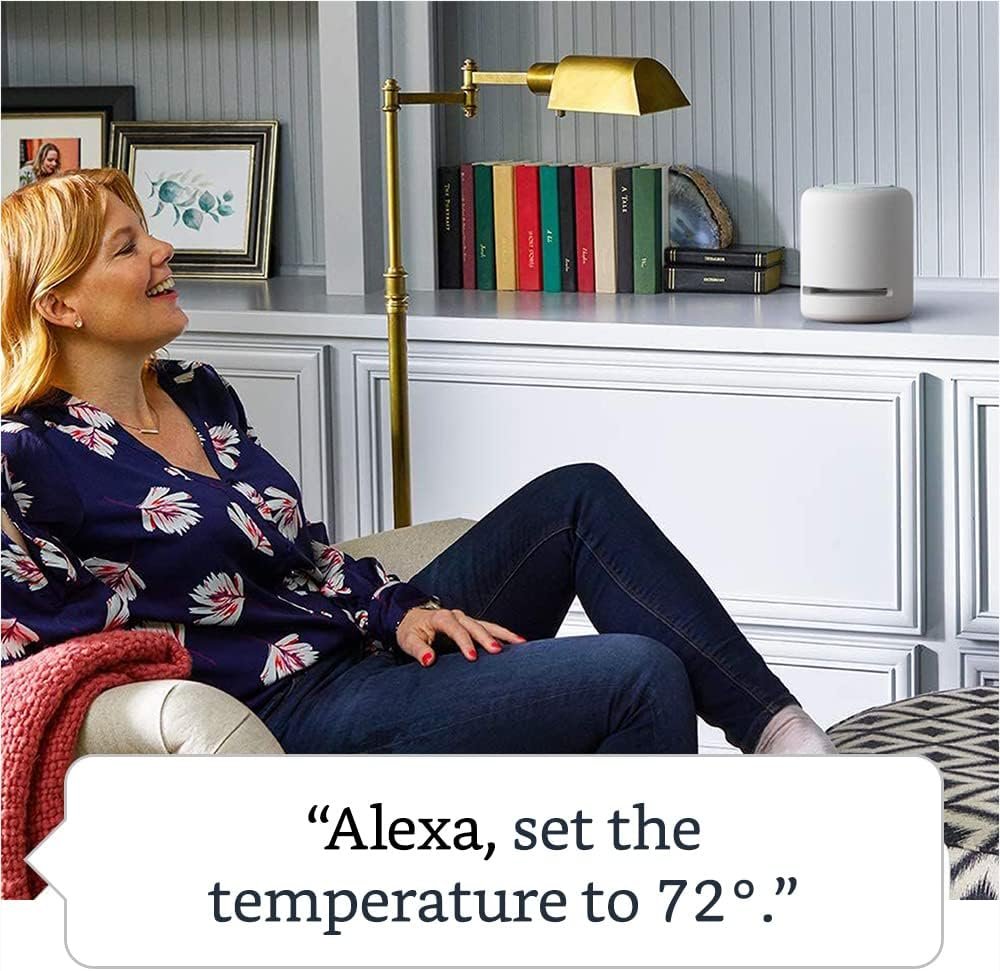Do you ever find yourself wishing you had a bit more help managing the daily tasks around your home? Whether it’s keeping track of grocery lists, managing your schedule, or even controlling your smart home devices, there seems to be a solution for everything these days: the Home Assistant. But the burning question that often crosses our minds is, “Do you have to pay for a Home Assistant?” Let’s explore this question together, diving into the types of home assistants available, their costs, and whether they truly offer value for your hard-earned money.

What is a Home Assistant?
In today’s digital age, a Home Assistant is often a virtual helper designed to make our lives easier by automating various tasks and providing information quickly. These assistants can be software-based, like apps or platforms, or can take the form of smart devices located throughout your home.
Types of Home Assistants
Before understanding whether you have to pay for them, it’s crucial to differentiate between the types of home assistants available. Generally, home assistants are categorized into two major types: software-based and hardware-based.
Software-Based Home Assistants
These are built into mobile devices, computers, and smart speakers. Some well-known examples are Apple’s Siri, Google Assistant, and Amazon’s Alexa. They help with scheduling, reminders, providing updates on weather, and tons more.
Hardware-Based Home Assistants
These are physical devices you can place around your home, typically designed as speakers with built-in virtual assistants. Examples include Amazon Echo, Google Home, and Apple HomePod.
Do You Have to Pay for Software-Based Home Assistants?
One of the appeals of software-based home assistants is that they often come free of charge with your existing devices. However, it’s essential to know that “free” doesn’t always mean entirely cost-free.
Understanding the Costs
While the assistants themselves might not require an upfront fee, using them often involves indirect costs.
Device Costs
Most software-based home assistants are pre-installed on devices you already own, like smartphones or tablets. The price of these devices can be significantly higher than that of your ordinary tech, often due to the extra features and capabilities they offer.
Data Costs
Using a home assistant involves transferring and receiving data, which could increase your internet or data plan costs. If you frequently use your assistant for streaming music or videos, keep in mind this could impact your monthly internet bills.

Do You Have to Pay for Hardware-Based Home Assistants?
When it comes to hardware-based solutions, the costs are more straightforward. You typically need to purchase the device outright.
Purchase and Subscription Costs
Most hardware-based home assistants require a one-time payment.
Initial Purchase Price
The price of devices like the Amazon Echo or Google Home varies depending on the model and features. For example, a basic smart speaker may start at $49.99, while more advanced models with display screens and additional features could reach prices over $200.
| Device | Approximate Price (USD) |
|---|---|
| Amazon Echo Dot | $49.99 |
| Google Nest Mini | $49.99 |
| Apple HomePod Mini | $99.00 |
Subscription Services
Many users opt to subscribe to additional services such as music streaming platforms like Spotify or Amazon Music to maximize their assistant’s potential. These subscriptions can range from $9.99 to $14.99 per month.
Is the Investment Worth It?
Now that we understand the potential costs associated with acquiring a home assistant, you might wonder if it’s truly worth the investment. Like many purchases, determining value depends heavily on your unique needs and lifestyle.
Benefits of Home Assistants
From efficiency to convenience, home assistants bring many benefits that might justify their cost.
Convenience and Automation
Delegating mundane daily tasks to a home assistant can free up your time for more important things, whether that’s working, spending time with loved ones, or simply relaxing.
Enhanced Home Management
With the ability to control smart appliances and devices through voice commands, managing your home becomes a seamless experience.
Integrated Information
Home assistants provide quick access to information, entertainment, and even control over your home’s environment, adjusting lighting or temperature as needed with simple voice commands.
Potential Drawbacks
While home assistants can be remarkably convenient, potential drawbacks may impact your decision.
Privacy Concerns
One major concern surrounding home assistants is privacy. Devices that are always “listening” might capture more than you’d prefer them to.
Dependency on Technology
Relying too heavily on technology might reduce personal interaction and manual problem-solving skills.

Alternatives to Traditional Home Assistants
If the idea of purchasing a home assistant feels daunting, you might consider some alternatives that could add value without the additional costs.
DIY Solutions
Creating a system utilizing free software or older devices could save costs. Solutions like Raspberry Pi and open-source platforms provide affordable ways to set up basic home automation without purchasing high-end gadgets.
Open-Source Platforms
Platforms like Home Assistant (a different product but similarly named) let tech-savvy individuals automate their homes without needing to buy into a specific product ecosystem.
Making the Decision: Do You Need a Home Assistant?
Ultimately, deciding if you need to invest in a home assistant involves weighing the pros and cons based on your daily routine, needs, and budget constraints.
Evaluate Your Needs
Consider what you hope to achieve with a home assistant. Whether it’s simplifying daily tasks, automating your home, or enhancing entertainment options, understanding your objectives will help make a wise decision.
Budget Considerations
Reflect on your budget. Calculate the total financial impact of purchasing or subscribing to additional services. Determine whether the ongoing costs fit comfortably into your financial plans.
Conclusion
The decision to invest in a home assistant hinges on numerous factors such as cost, personal preference, and lifestyle. While there are costs associated with both software and hardware-based assistants, the value they offer could make them a worthwhile addition to your home. As technology continues to evolve, so will the offerings of home assistants, potentially increasing their value proposition. Take your time to consider your unique circumstances and needs, and soon you’ll find the perfect balance between technology and convenience in your home.



